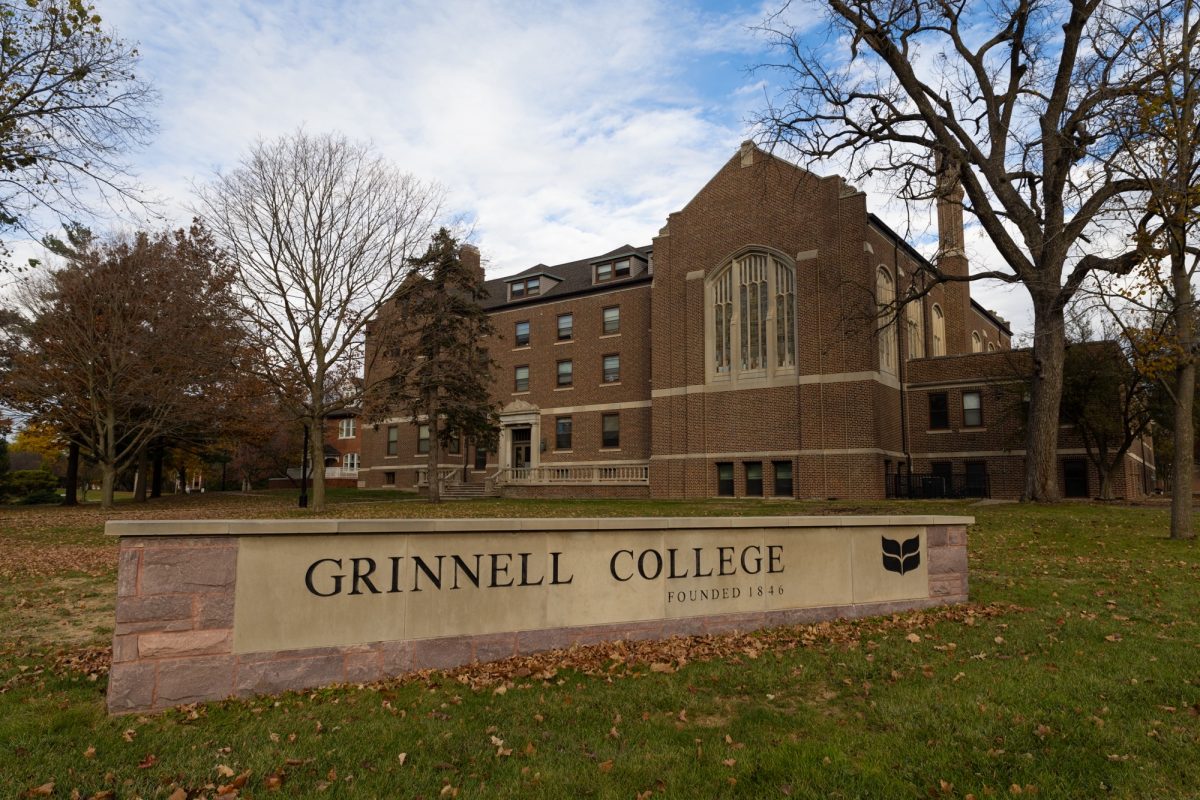“You’re kidding, right?”
This was my mom’s reaction to my decision to go “business casual,” sans suit-and-tie to a job interview in Chicago earlier this week.
Nope, I was serious, but with the intention of avoiding taking myself too seriously. After all, the company that I was interviewing with (Morningstar), while a well-known and very well-respected provider of financial information, also has a reputation for one of the most laid-back, casual workplaces in the industry. What better way to prove my fit for the company than to come well-groomed and knowledgeable about the company and the business, but keep the honest appearance I most naturally go about in?
I show up to the session for all of the interviewees, and realize that I am the only applicant in the room without “proper” business interview attire (suit, tie, dark & somber clothing). Part of me does indeed panic, feeling the nervous sentiments of my fancily-clad comrades, but somewhat isolated given my appearance. But I did take comfort in a couple of things—first, the current employees (including the CEO) were dressed no less casually than I, and second, it wouldn’t be the end of the world even if I was somehow laughed out of the office.
The interviews start, and informally so! We are introduced to our first interviewers and have light conversation with them as we make our way to individual rooms. Having some experience in the field of underdressing, I’ve come to recognize when people are judging me for my faux pas, and I saw none of this—the conversation went straight towards an honest discussion my own interests, experiences and plans for the future and how they related to being a part of the company. Having similar attire to my interviewers might have even given me a boost—I thought that I was able to open up more and have a pretty level conversation. I also noticed that my performance in the interview was related directly to my own confidence at the time. Over the course of the day, I met with four different people. The first interview was the worst (but certainly not bad) for me, as my self-confidence battled the sense of unpreparedness that my informal dress might convey, but as the half-hour progressed, I came to realize more and more that I was in fact prepared and appeared so! The next two interviews were superb, and in the last one, my own tiredness (and loss of voice) began to catch up with me, but the experience was on the whole quite good!
What’s the take-away?
For me, I had suspected that physical appearance was more of a distraction of an issue than a real issue itself. This suspicion was confirmed, and to me, it makes a lot of sense. Why be fooled by something as trivial as a business suit (or lack thereof). But taking it beyond the experience of an individual, how does this relate to institutions? When I went back to Chicago this week, I also visited my high school. Predictably, things had changed. One new aspect was a huge emphasis of AP classes—not making the AP classes better (often-times relabeling “honors” and having the teacher attend a dry summer workshop), but rather offering more of them and cajoling lots of kids to take them primarily to improve the school ranking. But what does this ranking number do? Encourage people looking at high schools to think only quantity over quality? Critical thinking is an important part of what one should get out of an education, is that skill encouraged when we are evaluating our options for furthering it?
Taking this back to Grinnell, we can see the emphasis on rankings has grown steadily. Look at all of these fancy new facilities that we have! Look at how we honor our traditions of social justice—we now allocate $350,000 per year on an annual award for a random person who we deem to have contributed to “social justice.” Of course, some changes have been beneficial both to students in general as well as to the rankings. But just how much we have benefited from all of these changes is a matter of debate. But indeed, it is a debate that we should have. How much are our actions motivated by image rather than reality? Awarding $100,000 prizes for “social justice” might gain us publicity, make us look fantastic in the rankings and may even bring some impressive folks into the Grinnell community, but have we defined “social justice” on our terms enough between faculty, students and staff to benefit from this award and select the best person possible? The lack of broad support for this change, with the sudden declaration of its creation leads me suspect that we have not, and in fact troubles me. Have we done enough to evaluate who we are in the wake of all of these changes? There is a strong push “forward” to the top of the rankings, but for what? Not too long ago, Grinnell was hardly even on the rankings—the institution was hardly able to afford a necessary addition to the library (Burling 3rd and 4th), let alone the image of a “good” ranking! Yet we still have many accomplished and distinguished alumni from those years because the education and environment, capital improvements and growth in administration notwithstanding. Let’s not lose sight of ourselves, taking time to learn who we are if need be and be our same selves whether or not we decided to bring along the tie and the sport coat.



















































